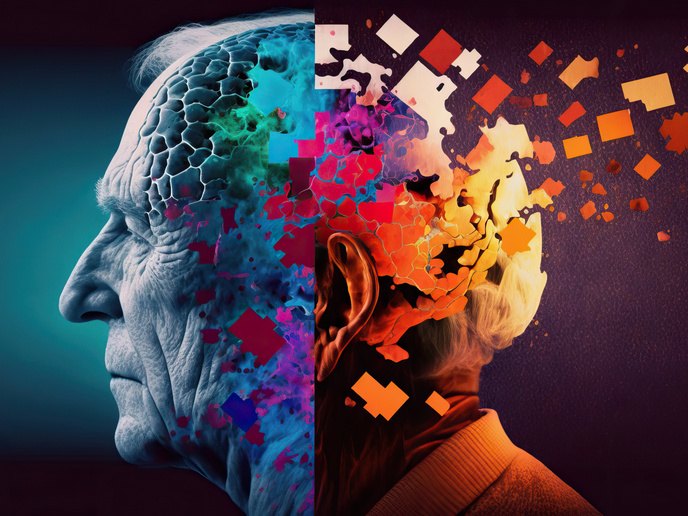Replacing sight with sound
What made this project different from previously explored sensory substitution is the advantage of using PVSA (prosthesis of substitution of vision by audition). PVSA allows the simultaneous recognition as well as location of a certain object outside the apprehensive space which is the space outside the blind subject's immediate mental concern. This is a key factor in improving spatial processing abilities in the Early Blind (EB). It allows users to undergo new perceptual phenomena such as depth perception with simultaneous localisation. Behavioural results of the trained subjects were gathered to assess their new cognitive abilities. One of the major accomplishments of the experiment was that the subjects could build a smooth link between the substitute information and the natural information used in pattern recognition and object localisation. In terms of pattern recognition, only four learning sessions, lasting about one hour each were enough to adequately learn the PVSA code. The results show that blindfolded subjects were able to locate distant objects with the PVSA much more accurately and efficiently than EB volunteers. This is because depth perception with PVSA is mainly based on previous visual experience. Yet after merely three 30-minute training sessions, EB subjects exhibited an equal level of performance as compared to blindfolded subjects. The end goal was to examine whether the brain is able to create a multisensory perception of space in EB subjects and the results gathered are in favour of this hypothesis. Taking these conclusions into consideration, audio-visual sensory substitution may well change simple daily processes such as navigation for the visually impaired.







